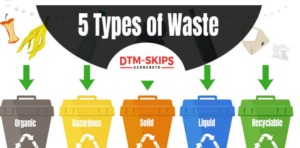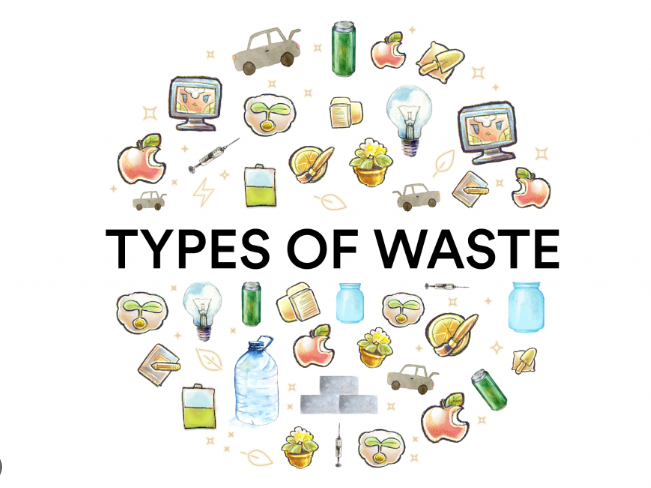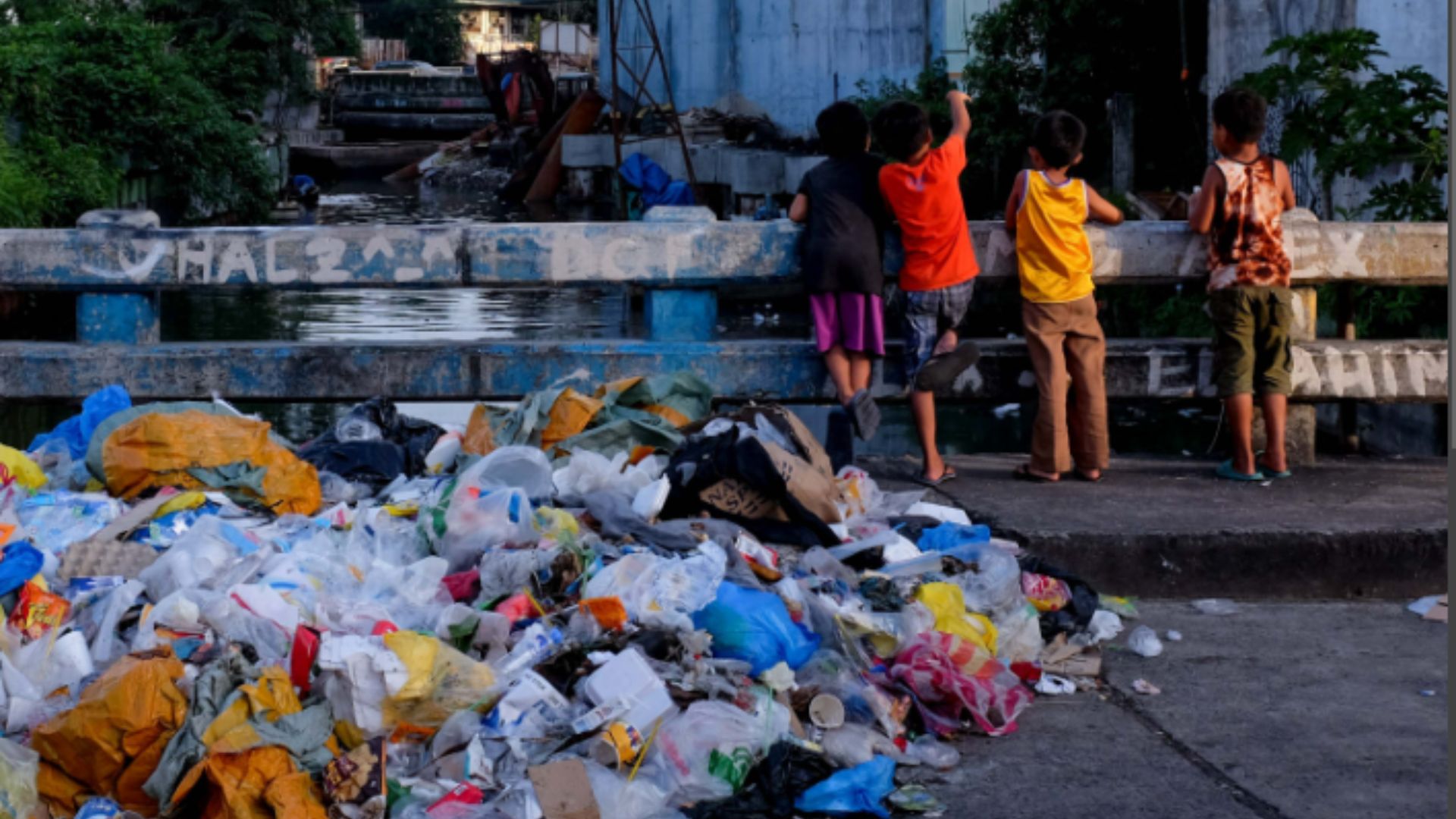Waste is an unavoidable part of our daily lives, and it comes in various forms. Understanding the different types of waste is crucial for effective waste management and environmental conservation. In this article, we will delve into five common types of waste: solid waste, liquid waste, hazardous waste, electronic waste, and organic waste. Each type presents its unique challenges and requires specific disposal methods.
Solid Waste
To add on, solid waste is the most familiar type of waste for many people. It includes everyday items like packaging materials, food scraps, and discarded goods. These materials often end up in landfills, contributing to environmental pollution. To combat this, recycling and composting are effective strategies for reducing the impact of solid waste. Transitioning from single-use to reusable products also helps curb solid waste production.

Liquid Waste
Liquid waste comprises various forms of wastewater, including sewage, industrial effluents, and agricultural runoff. Improper disposal of liquid waste can contaminate water sources, posing serious health risks. To address this issue, wastewater treatment facilities play a vital role in purifying water before it reenters the environment. Additionally, industries must adopt responsible practices to minimize the release of harmful liquid waste.
Hazardous Waste
Furthermore, hazardous waste includes substances that are potentially harmful to human health and the environment. These materials can be found in households, industries, and healthcare facilities. Examples of hazardous waste range from household cleaners to industrial chemicals and medical waste. Proper disposal and management of hazardous waste are essential to prevent contamination and harm. Specialized facilities and strict regulations govern the handling and disposal of hazardous waste to safeguard public health and ecosystems.
Electronic Waste
Electronic waste, or e-waste, has become a significant concern due to the rapid advancement of technology. Obsolete electronic devices, such as smartphones, laptops, and televisions, are discarded in vast quantities. E-waste contains toxic components like lead, mercury, and cadmium, making it hazardous if not managed correctly. Recycling programs and responsible disposal options have emerged to address this issue. Many electronic manufacturers now offer take-back programs to ensure the safe disposal or recycling of old devices.
Organic Waste
Organic waste, also known as biodegradable waste, includes food scraps, yard trimmings, and other natural materials. When organic waste ends up in landfills, it decomposes anaerobically, producing methane, a potent greenhouse gas. To mitigate this environmental impact, composting is a sustainable solution. Composting not only reduces methane emissions but also produces nutrient-rich compost that can enhance soil fertility. Moreover, many communities and individuals are embracing composting to reduce their organic waste footprint.
Conclusion
In conclusion, our modern world, waste generation is a pressing issue that affects the environment and public health. By recognizing and addressing the five common types of waste—solid waste, liquid waste, hazardous waste, electronic waste, and organic waste—we can take steps towards more responsible waste management. Transitioning to eco-friendly practices, such as recycling, wastewater treatment, hazardous waste disposal, responsible electronics disposal, and composting, can significantly reduce the impact of waste on our planet. As individuals, communities, and industries work together to tackle these waste challenges, we can move towards a more sustainable and cleaner future.



